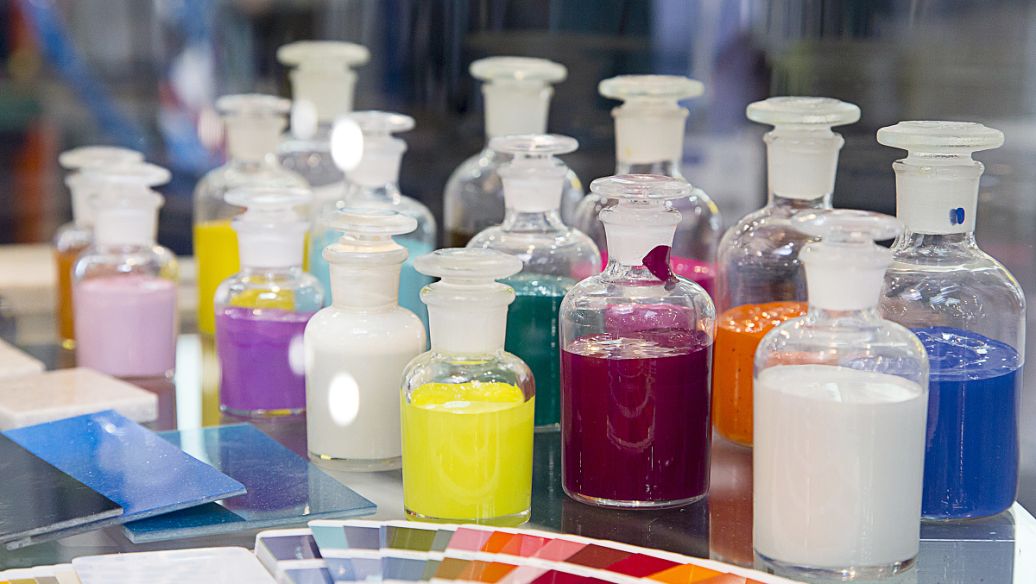What are the dangerous chemicals that we are easily exposed to on a daily basis?
When it comes to hazardous chemicals, people often think that they are far from our daily life, and generally only appear in chemical plants. But today we will talk about some dangerous chemicals that we often see and use around us. While these items bring convenience to our lives, they also bring us danger. Today we will take stock of these dangerous chemicals “hidden” around us, so be careful.
84 disinfectant, it is a kind of disinfectant based on sodium hypochlorite, colorless liquid, irritating and corrosive. Do not come into direct contact with skin. Do not mix 84 disinfectant with other disinfectants or detergents (such as toilet cleaner), which will produce a large amount of chlorine gas and cause poisoning and coma.
Hair dyes generally contain p-phenylenediamine, a carcinogen. P-phenylenediamine is a colorant that must be used in hair dyes and is an internationally recognized carcinogen. Generally, heating is required in the process of hair dyeing, and toxic substances will enter our capillaries through the scalp. Long-term hair dyeing will cause malignant transformation of hematopoietic stem cells and lead to leukemia.
Improper use of household cleaning products is dangerous
The more common dangerous chemicals in daily life are methane and ethanol. For example, the main component of the gas burned for cooking is methane, while the main component of drinking wine and hand sanitizer with alcohol content is ethanol.
Under the new crown pneumonia epidemic, many homes like to use 84 disinfectant for disinfection, but the main component of 84 disinfectant with bacteriostatic effect is the alkaline sodium hypochlorite, which is a dangerous chemicals. Toilet cleaners, tile cleaners, etc. contain hydrochloric acid or sodium bisulfite, and sewer dredges contain sodium hydroxide. These three are not only highly corrosive, but also dangerous chemical products. If 84 disinfectant, sewer dredging agent and toilet cleaner are mixed, it will cause a relatively violent neutralization reaction, forming a toxic gas, and it may even splash and hurt the skin or eyes.
Acidic substances such as toilet cleaner and 84 disinfectant are recommended to be stored separately and should not be used separately. If the skin is stained with strong acid and strong alkali, the general method is to immediately rinse with a lot of water; if the existing shallow part is burned and the acid enters the skin, it can be rinsed with soda water with a dilute concentration value; if it is concentrated nitric acid, concentrated Sulfuric acid and the like, be sure to go to the hospital for outpatient treatment as soon as possible after washing with a lot of water.




